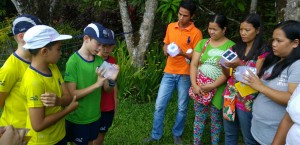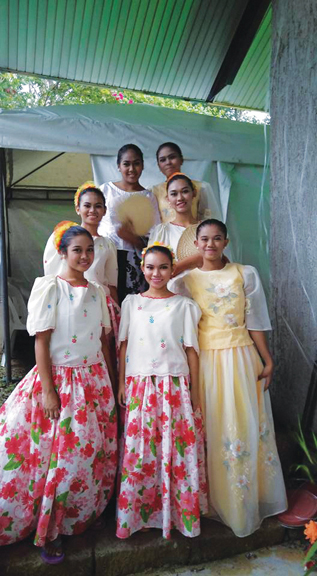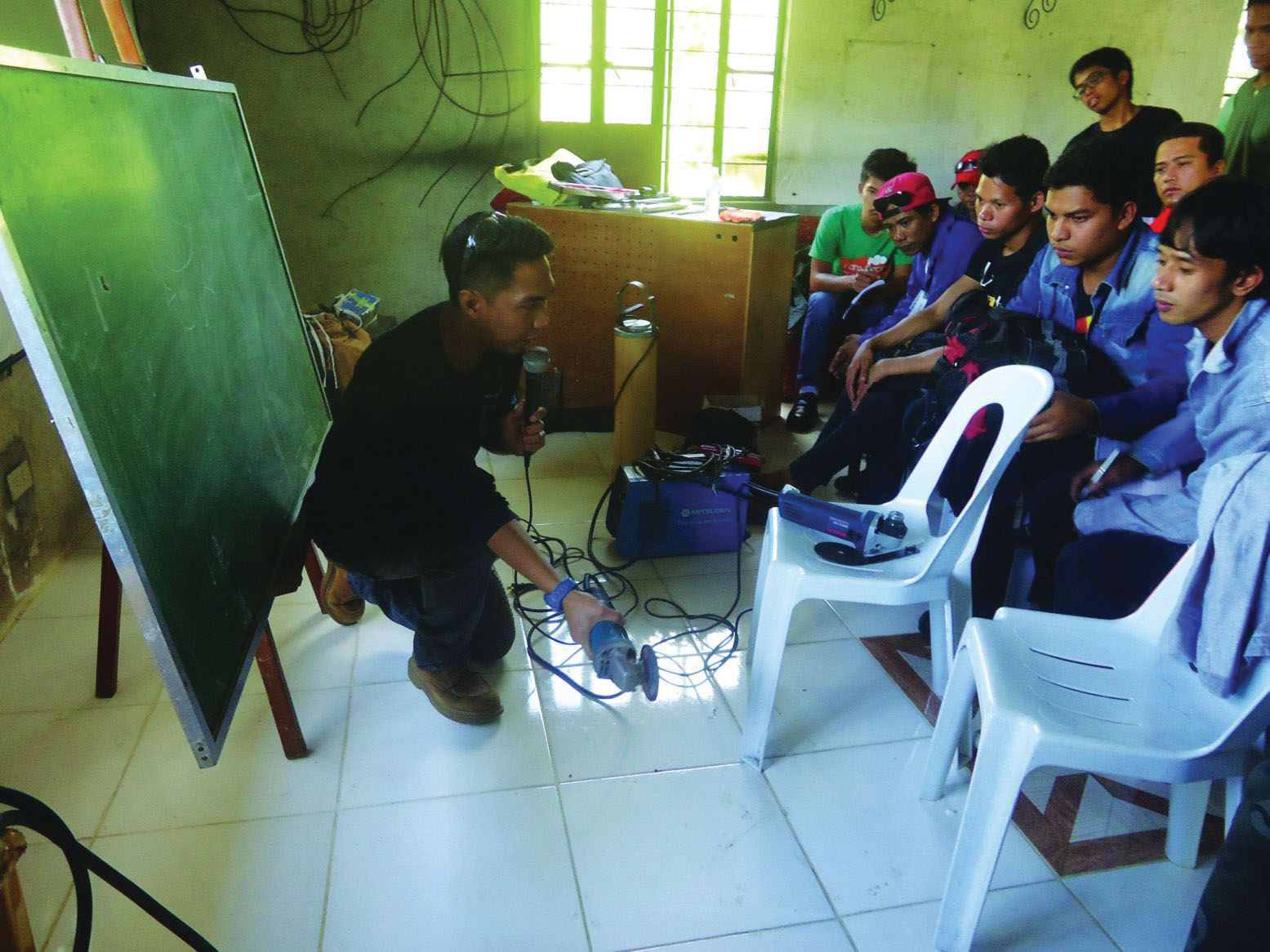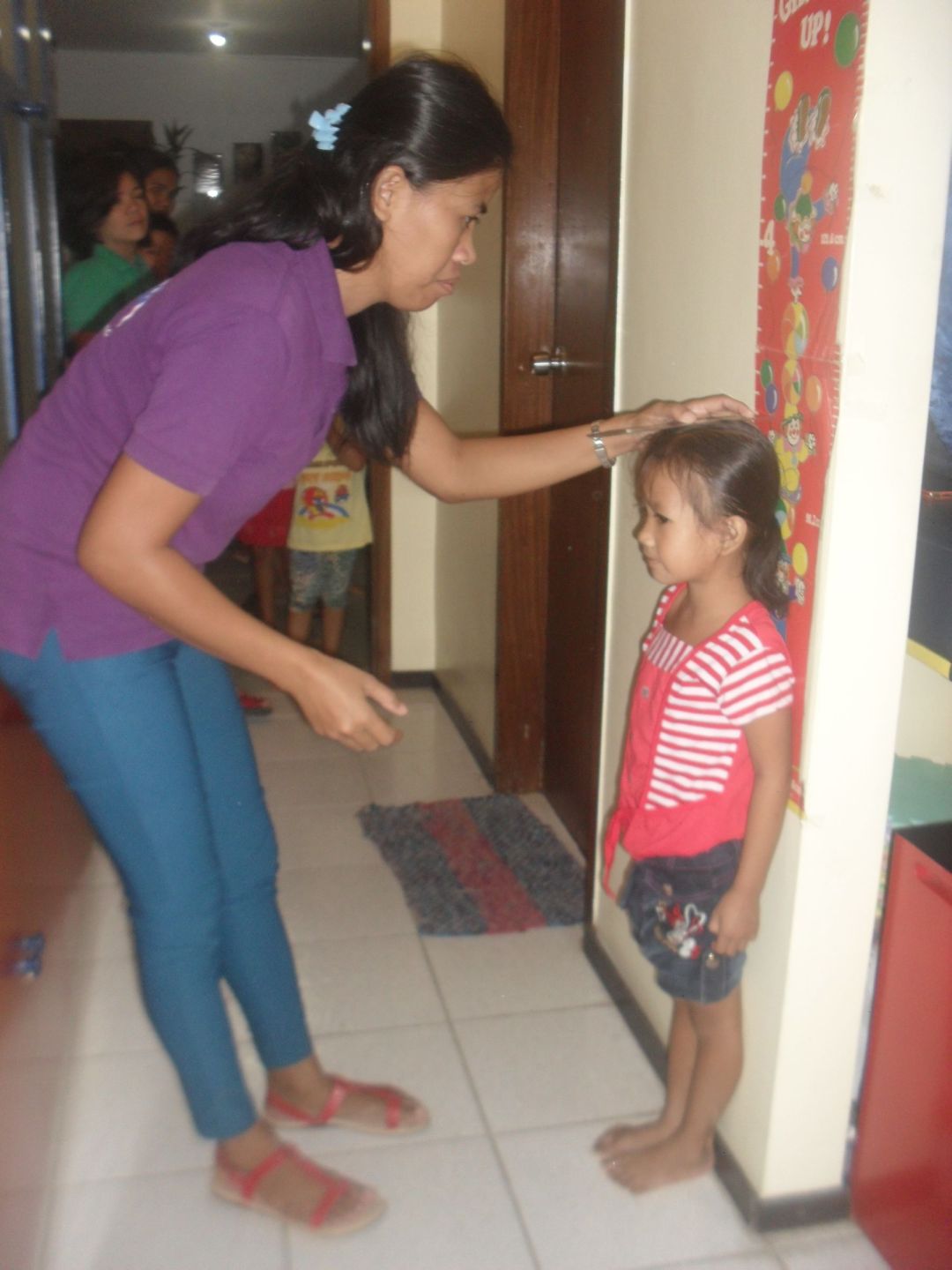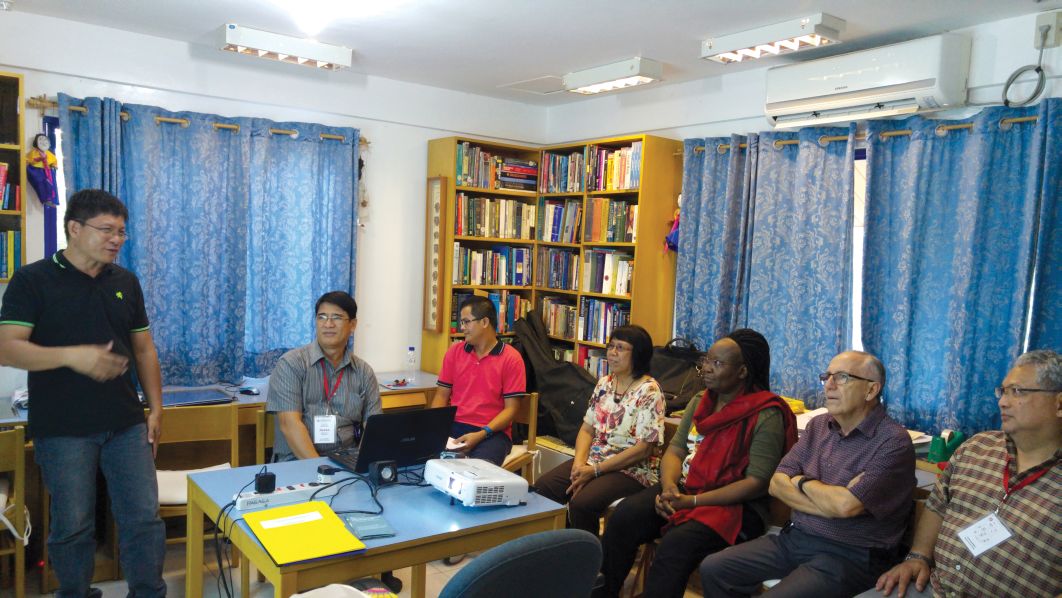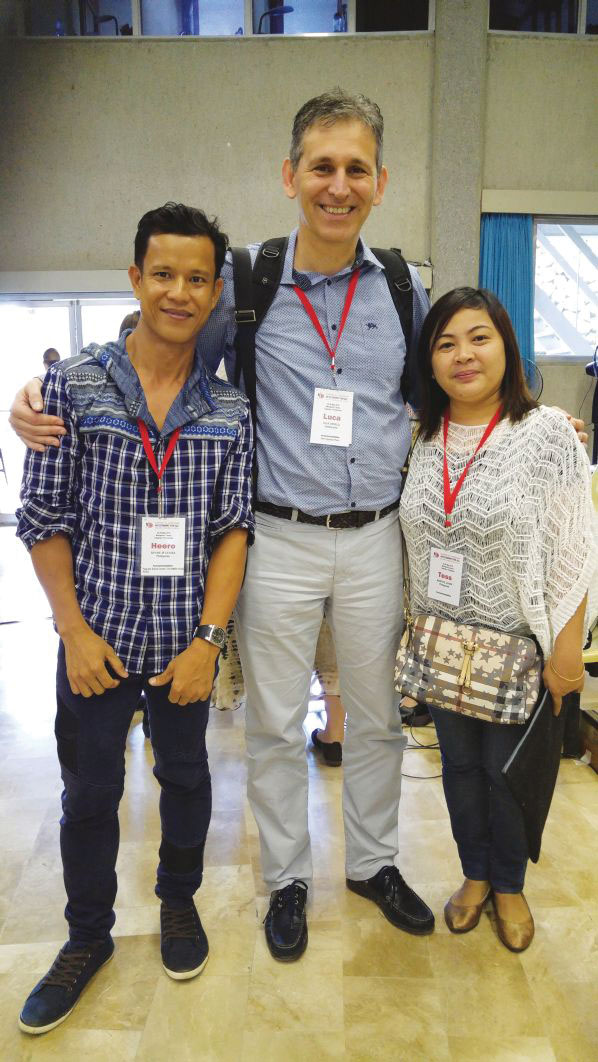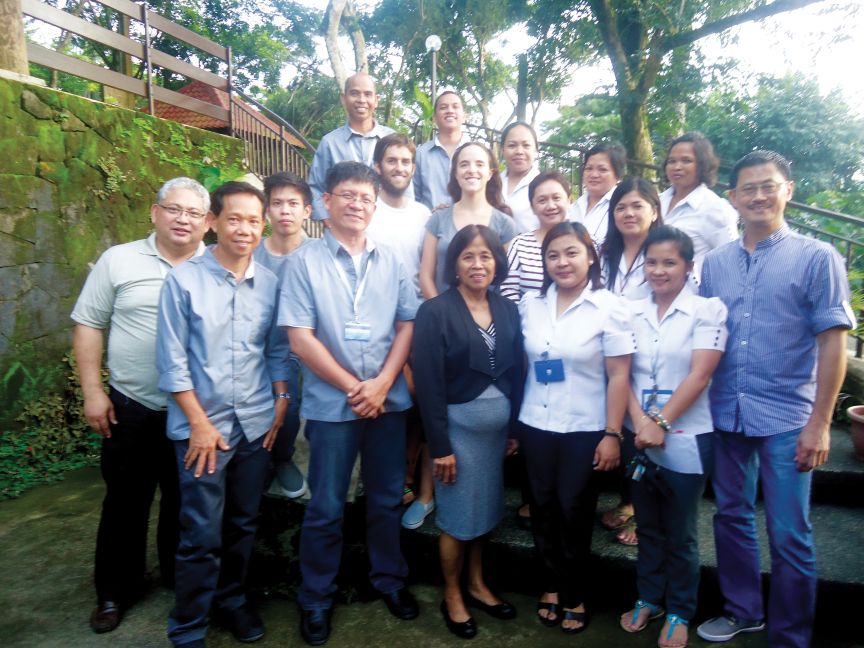Dear friends,
We hope this new issue of our newsletter finds you well, whether you are spending your vacation on the beach, or at the mountains, or even at the comfort of your own homes. You may find this issue a little different from the usual as we have measured the layout to appear in this particular way.
GOOD MEASURE
One particular example of our good measurement was the year after Eurozone crisis started (2010). We thought “what if this crisis continues on for many years?”; “Where is Pag-asa going?” That’s when we planned to make new programs to enable us to keep on doing what we started.
After careful planning, we had to start doing plenty of specific measures to sustain operations of Pag-asa and its projects. In particular, we scrutinized how we are doing the SAD (Sostegno A Distanza) program. We are now polishing its implementation and we are being very careful in doing it. We ensure fair and effective implementation. Although in doing so, we regret that we have to remove some children and families from this program.
We enlisted members who have transitioned from “have nots” to “haves”.
Every family passed through stringent screening process to know where they are on the list. Whether they are already financially capable or still need the help.
We want to prioritize human dignity through availability of equal opportunities. After careful assessment, we are sure that those who have transitioned to “haves” are not anymore at risk of reverting to poverty when faced with disasters, economic shocks or sickness in the family.
They registered as “haves” not only on a particular year. This means the chance that they may be dragged back to poverty a few years after is very slim. We have exact basis in drawing poverty line that serves as the threshold that will enable us to identify the “haves” in the assessment.
All members really passed through stringent screening process to make it on the list. We re-assessed their socio-economic characteristics such as ownership of assets, type of housing unit, level of educational attainment of household heads, access to water and sanitation facilities, and no dependents below 14 years old. These are our exact basis in drawing poverty line as the threshold that enable us to identify the “self-sufficient” in the assessment.
We are trying our best to teach them that they have to find a way that would work in lieu of the help coming from the sponsors to end the inter-generational poverty cycle. One of the many ways is by involving themselves in Programs that are specifically crafted for them, thus addresses the needs of those we enlisted as “haves” and not remove them from the SAD Program immediately. After some years, those who continue to transition and attain the level of self-sufficiency are removed from the SAD program.
The Programs that are specifically crafted for them are our different Livelihood Programs and our Skills Development Program.
CREDIBILITY MEASURED BY ACCREDITATIONS
At the dawn of our second decade, we have learned more of our strengths, weaknesses, opportunities and threats. We have also acquired different accreditations to help us initiate innovative and modern methods of charitable activities. It is not that we need these accreditations but having accredited gives us a new sense of direction and identity for future growth which is nothing but all beneficial to the different stakeholders.
Our characteristics and programs were assessed against a set of criteria established by accrediting agencies. The accreditation, comments, and advice of these agencies contribute to our significant improvement.
Being accredited, we are provided with the seal and label that differentiates us from our peers at the national level. It leads us to a widespread recognition and the greater appreciation of our name, and it motivates us to strive for more. This status also represents our commitment to quality and to continuous improvement of our programs.
The accrediting agencies are watching closely how we polish the fair and effective implementation of our SAD Program where our compliance is being verified every month using their monitoring tools developed for this purpose.
For this reason, we are now strictly following those included and those we are still including in the SAD program and identified members who have transitioned to the level of self-sufficiency.
LONG TERM EFFECT OF FEEDING PROGRAM, MEASURED
Nutritional and health status are powerful influences on a child’s learning and performance. Children who lack certain nutrients in their diet (particularly iron and iodine), or who suffer from protein-energy malnutrition, hunger, parasitic infections or other disease, do not have the same potential for learning as healthy and well-nourished children. That is the main reason for the establishment of feeding programs anywhere.
This year, as we continue to “level-up”, we facilitate monthly height and weight monitoring of our children in order to identify the malnourished and obese.
Our Menu is also monitored ensuring that there are necessary contents like energy requirement and safe protein amount, and the recommended daily amount of Vitamin A, Iron and Iodine.
Every quarter, we educate the children and their parents about the importance of keeping a balanced and nutritious diet and how to try their best to eliminate intake of any junk food so that they will become physically and mentally fit and not sickly.
They are not totally ignorant of balanced nutrition but the cost and availability of balanced and nutritional food is a problem. Breaking local food habits (like street foods and junk foods) is just secondary.
Levelling-up means more work and effort for our staff here in Pag-asa but we also know that this effort is just a drop in the ocean in our case with this Feeding Program because to try to change the food habits of our community is almost the same as changing the entire community in its entirety.
“MAKING THE BLANKET LONGER”
Pag-asa participated in the recent 5 days Asian Congress of the Economy of Communion where we talked about reducing poverty and inequalities in the society. Everyone is also reminded that the EoC is created by Chiara Lubich (founder of the Focolare Movement) for the poor and for as long as we have not yet meet their needs, we have not succeeded yet in our goal that “all may be one”.
Poverty is obviously a problem of lack of communion and of fraternity and we need to “make the blanket longer” for our needy brothers in order to solve it instead of telling them to “curl up when the blanket is short”.
Also recently, we joined The Zero Extreme Poverty 2030 movement, a product of the Poverty Summit in 2015 with the theme “Building Pathways in Reducing Poverty and Inequality.” The Poverty Summit formulated its vision for the Philippines by 2030: “A Philippines where every Filipino enjoys the necessary goods that define and sustain human dignity, life, security, and engaged citizenship.”
In pursuit of this vision, a 15-year agenda to eradicate poverty and inequality in the country is formulated. The 15-year plan shall be broken down into three-year doable action plans.
Along this line, eight (8) themes were identified. (a) Health; (b) Education; (c) Environment; (d) Livelihood and Employment; (e) Agriculture and Fisheries; (f) Housing and Shelter; (g) Peace and Human Security; (h) Social Justice. These thematic areas shall serve as the groupings for focused, multi-sector, collective action to tackle specific dimensions of poverty and inequality.
Dear friends, your support to our projects, when measured, literally cross miles and miles of distance and its continuity is certainly bringing us, together, to our goal.
Thank you so much! Have a nice summer vacation, and let us hear from each other again this December!
Your Pag-asa Family
